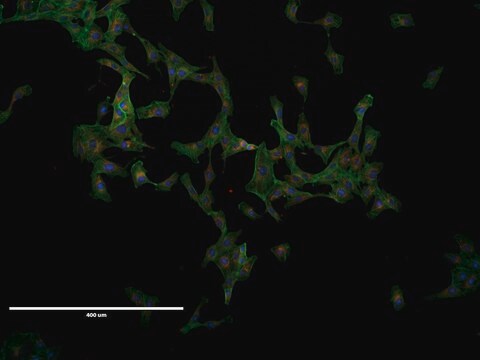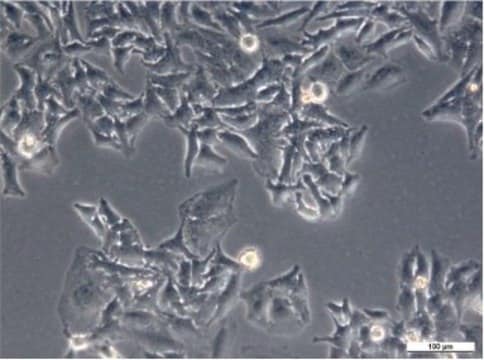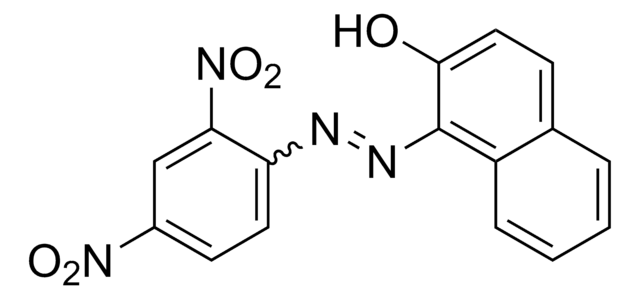Vero/hSLAM
4091501, African green monkey kidney, Fibroblast
Sinónimos:
Vero/hSLAM Cells
About This Item
Productos recomendados
product name
Vero/hSLAM, from African green monkey kidney, 04091501, Convention on International Trade in Endangered Species of Wild Fauna and Flora (CITES)
biological source
African green monkey kidney
growth mode
Adherent
karyotype
Not specified
morphology
Fibroblast
products
Not specified
receptors
SLAM; also known as CDw150, a receptor for measles virus
technique(s)
cell culture | mammalian: suitable
shipped in
dry ice
storage temp.
−196°C
Cell Line Origin
Cell Line Description
Culture Medium
Subculture Routine
Other Notes
Certificados de análisis (COA)
Busque Certificados de análisis (COA) introduciendo el número de lote del producto. Los números de lote se encuentran en la etiqueta del producto después de las palabras «Lot» o «Batch»
¿Ya tiene este producto?
Encuentre la documentación para los productos que ha comprado recientemente en la Biblioteca de documentos.
Nuestro equipo de científicos tiene experiencia en todas las áreas de investigación: Ciencias de la vida, Ciencia de los materiales, Síntesis química, Cromatografía, Analítica y muchas otras.
Póngase en contacto con el Servicio técnico





